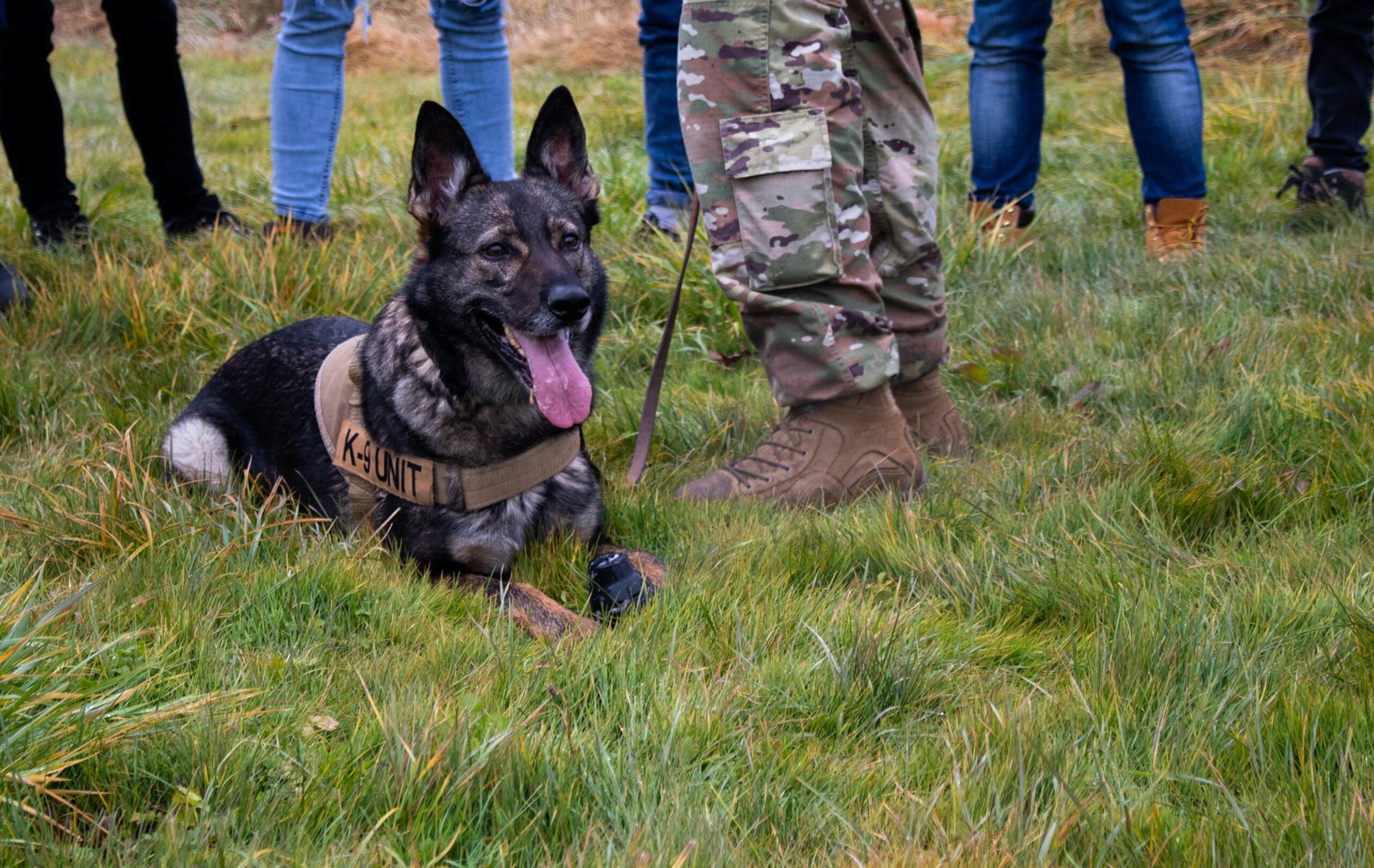Dogs are often considered man’s best friend, but even our loyal companions can sometimes exhibit unexpected behavior, like snapping. It can be annoying when dogs snap, but more then that, it is a cause for concern that requires us to know the reasons why. Understanding why dogs snap and how to address it is crucial for any dog owner. Let’s dive into the reasons behind this behavior and explore effective ways to stop it.
Understanding the Nature of Snapping
Snapping can be likened to a human raising their voice when frustrated. It’s a dog’s way of communicating discomfort or fear. While it might seem aggressive, it’s usually a warning sign rather than an outright attack. Dogs, like humans, have their limits, and snapping is often a signal that they’ve reached theirs. Recognizing this behavior as communicative is the first step in addressing it.
Fear and Anxiety
Fear and anxiety are primary reasons dogs snap. Imagine being in a place where everything feels unfamiliar and threatening. For dogs, situations that induce fear can range from loud noises to unfamiliar environments. When a dog snaps out of fear, it’s their way of saying, “I’m scared, please give me space.” Understanding these triggers can help in managing their environment to reduce fear and anxiety.
Pain or Discomfort
Just like humans, dogs can become irritable when they’re in pain. Whether due to an injury or an underlying health condition, discomfort can lead to snapping. If you notice a change in your dog’s behavior, it’s essential to consult a veterinarian. Pain-induced snapping is often a dog’s plea for help, and addressing the root cause can alleviate the behavior.
Protective Instincts

Dogs are naturally protective, especially of their territory and loved ones. This instinct can sometimes manifest as snapping when they perceive a threat. It’s comparable to a parent protecting their child. Understanding this behavior can help in training dogs to differentiate between real threats and non-threatening situations.
Resource Guarding
Resource guarding is when a dog becomes possessive over food, toys, or even people. Imagine someone trying to take away your favorite meal or a cherished possession – you’d probably react defensively too. Training and positive reinforcement can help a dog understand that sharing doesn’t mean losing.
Lack of Socialization
A dog that isn’t well-socialized might snap out of insecurity. Socialization is crucial during a dog’s early stages of life. Dogs exposed to various environments, people, and other animals tend to be more adaptable and less likely to snap. Socialization can be seen as teaching a child how to play nicely with others; it fosters understanding and reduces fear.
Past Trauma
Some dogs have a history of abuse or neglect, which can lead to snapping. These experiences shape their perception of the world. Patience and gentle handling are essential for these dogs. Building trust with a dog that has experienced trauma is akin to mending a broken heart – it requires time, understanding, and compassion.
Frustration
Dogs can become frustrated for various reasons, such as being confined or unable to communicate their needs. Frustration is like a boiling pot; once it reaches its limit, it overflows. Providing ample exercise, mental stimulation, and attention can help alleviate frustration-induced snapping.
Miscommunication
Sometimes, snapping occurs due to a simple misunderstanding between owner and dog. Dogs communicate through body language, and misreading these signals can lead to unintended reactions. Educating oneself about canine communication is like learning a new language; it bridges the gap and fosters a harmonious relationship.
Age-Related Issues
As dogs age, they might become more irritable due to cognitive decline or sensory impairments. This is similar to how elderly humans might become more sensitive to changes. Regular check-ups and adjusting their environment to accommodate these changes can help manage age-related snapping.
Training and Behavior Modification
Training is the cornerstone of addressing snapping behavior. Positive reinforcement can guide a dog towards more acceptable behavior. Consistency is key, much like teaching a child good manners. Rewarding desired behavior encourages repetition and helps in gradually eliminating snapping.
Creating a Safe Environment
A safe environment reduces the chances of snapping. This includes providing a comfortable space, free from stressors. Think of it as creating a sanctuary for your dog. A peaceful environment fosters calmness and security, reducing the likelihood of fear-induced snapping.
Seeking Professional Help
Sometimes, despite best efforts, snapping persists. In such cases, consulting a professional dog trainer or a behaviorist can be beneficial. Professionals offer tailored strategies, much like a doctor prescribing specific treatment for an ailment. Their expertise can provide insights into underlying issues and effective solutions.
Understanding Canine Body Language
Being attuned to a dog’s body language can prevent snapping. Signs like a tucked tail, flattened ears, or growling are precursors to snapping. Recognizing these signals is akin to reading a book before reaching the climax. It allows for intervention before the behavior escalates.
Patience and Consistency
Lastly, patience and consistency are vital in managing snapping behavior. Change doesn’t happen overnight, and dogs, like humans, need time to adapt. Consistency in training, environment, and handling can gradually lead to positive changes, ensuring a harmonious relationship between you and your furry friend.
In conclusion, understanding the reasons behind dog snapping and employing effective strategies can significantly improve your relationship with your pet. By fostering a safe, understanding, and communicative environment, you can ensure a happy and healthy life for both you and your dog.





